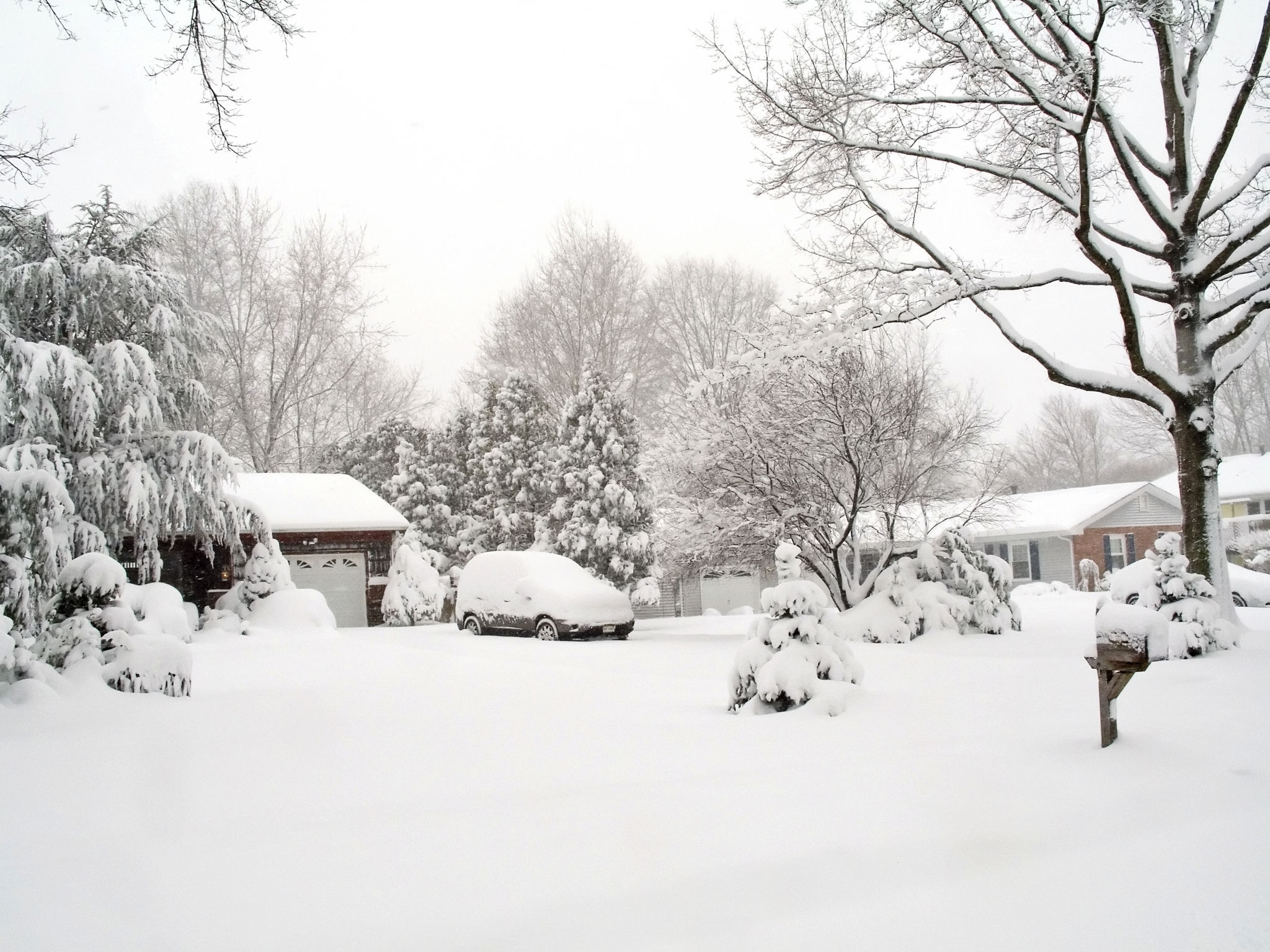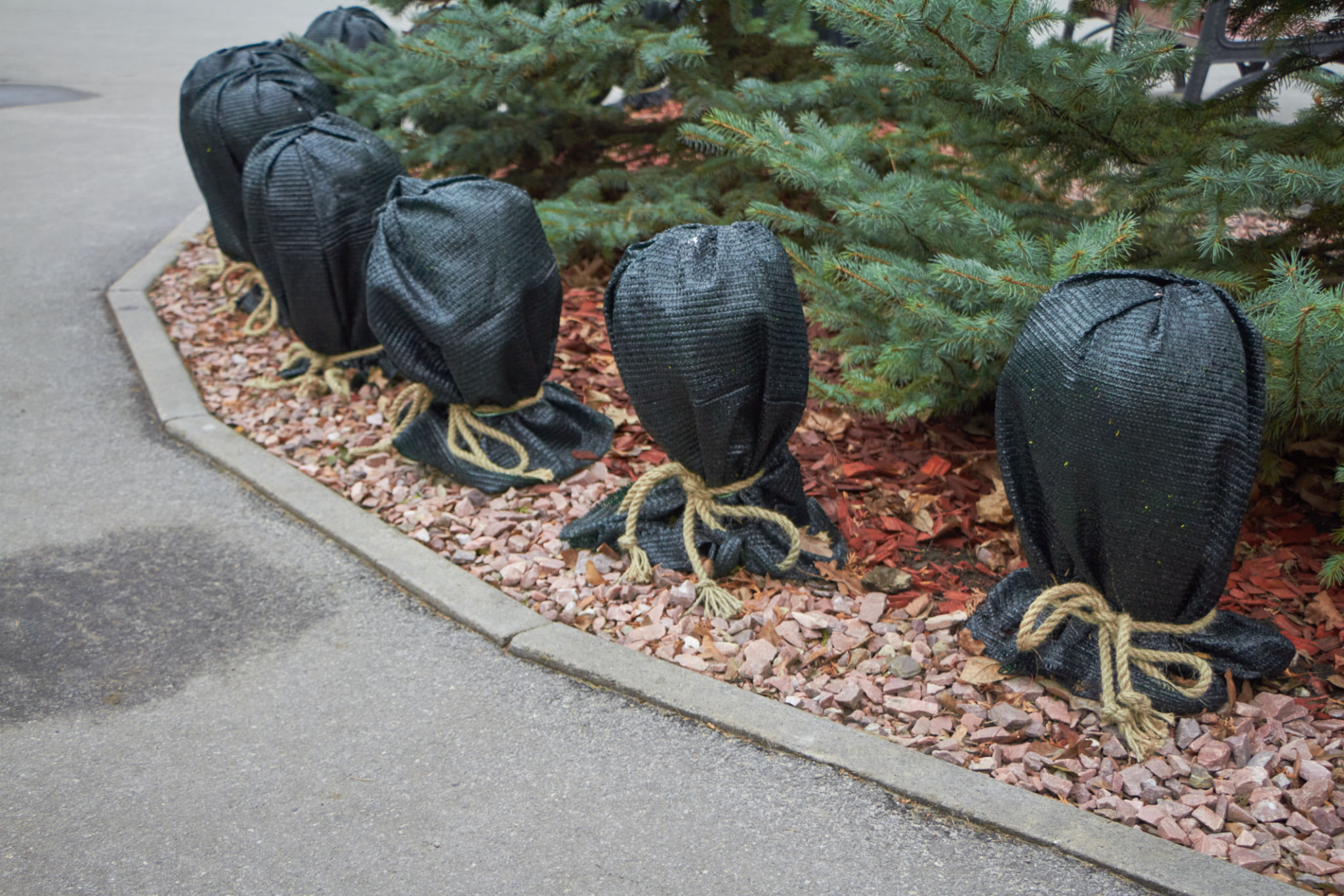The Impact of Snow on Your Lawn and How to Protect It
Understanding the Impact of Snow on Your Lawn
Winter brings with it the beauty of snow-covered landscapes, but for homeowners, it also presents challenges, particularly concerning lawn care. Snow can have a significant impact on the health of your grass, and understanding these effects is crucial for maintaining a vibrant lawn year-round.
When snow blankets your lawn, it acts as a protective layer against harsh winter winds and freezing temperatures. However, while it offers some insulation, prolonged snow cover can lead to problems such as snow mold and compacted soil.

Common Problems Caused by Snow
One of the most common issues is snow mold, a fungal disease that thrives under snow cover. It appears as circular patches of matted grass and can damage your lawn significantly if not addressed promptly. Another concern is soil compaction. The weight of snow can press down on the soil, affecting its structure and causing poor drainage and root growth in the spring.
Additionally, the freeze-thaw cycles common in winter can lead to frost heaving, where soil and grass roots are pushed upwards. This can stress your lawn and make it more susceptible to damage from traffic or pests.
Protecting Your Lawn from Snow Damage
To mitigate the adverse effects of snow, there are several proactive steps you can take. First, ensure your lawn is healthy before winter sets in. A well-maintained lawn with strong roots is more resilient to winter stresses.

Essential Lawn Care Tips for Winter
- Aerate your lawn: Aeration helps relieve soil compaction, improving air exchange and water penetration.
- Rake leaves thoroughly: Remove all fallen leaves before the first snowfall to prevent them from smothering the grass.
- Apply a winter fertilizer: Use a fertilizer designed for winter to strengthen roots and prepare your lawn for spring growth.
Another effective strategy is to avoid walking on the grass when it's covered in snow, as foot traffic can exacerbate soil compaction and damage the turf. Mark pathways to guide foot traffic away from grassy areas.

Dealing with Snow Mold
If you notice snow mold in early spring, it's essential to address it quickly. Rake the affected areas gently to help dry out the grass and improve air circulation. In severe cases, you may need to reseed the damaged patches once temperatures rise consistently above freezing.
Keeping your lawn healthy throughout winter requires attention and care. By understanding the impact of snow and taking preventive measures, you can ensure that your lawn emerges from winter ready to thrive in the warmer months.